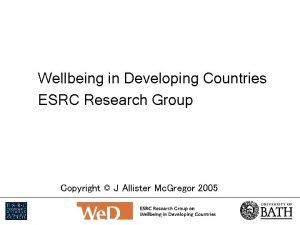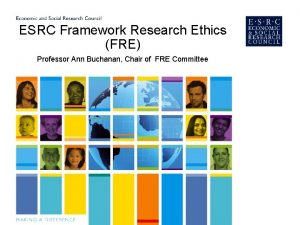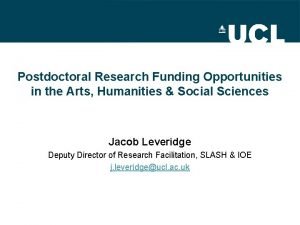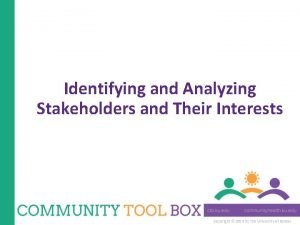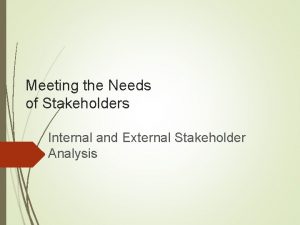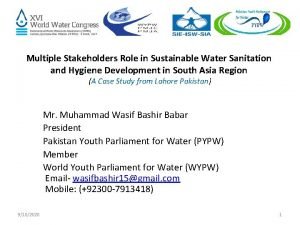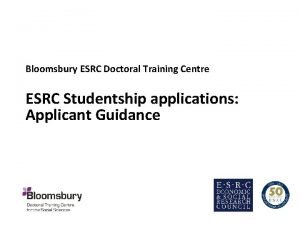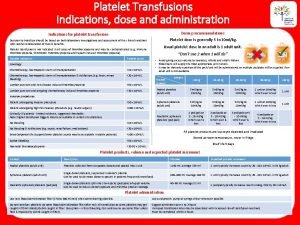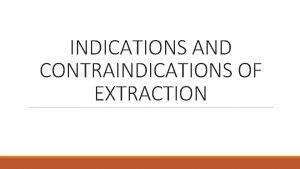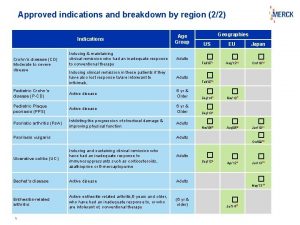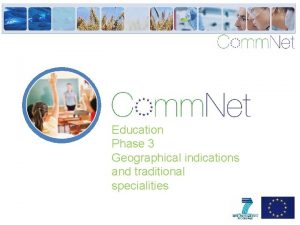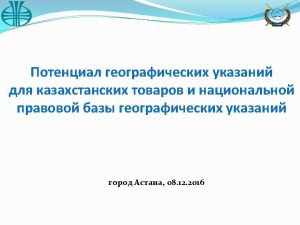ESRC PROJECT ON GEOGRAPHICAL INDICATIONS AND FENI Stakeholders











- Slides: 11

ESRC PROJECT ON GEOGRAPHICAL INDICATIONS AND FENI Stakeholder’s Meeting Porvorim, Goa 5 th April 2008 Dwijen Rangnekar Research Councils UK Academic Fellow and Asst. Professor in Law CSGR/Warwick

ESRC PROJECT ON GIS AND FENI Introduction to the Project � Project title: Localising economic control through clubs: Examining the intellectual property protection of Feni � Funding Agency: Economic and Social Research Council (of UK govt. ) � Project location: Warwick University, UK

ESRC PROJECT ON GIS AND FENI Research Advisory Group The Research Team Fr. Romuald D'SOUZA Octavio ESPINOSA Jorge Larson GUERRA Founder Director, Goa Institute Director, Legislative and Legal of Management, Advice Division, World Comisión Nacional Para el Intellectual Property Conocimiento y Uso de la Organisation Biodiversidad (Conabio). T. C. JAMES S. K. SOAM David Vivas-EUGUI Director, Department of Industrial, Policy and Promotion, Government of India Senior Scientist, of Agricultural Research Management, Hyderabad Deputy Programme Director, International Centre for Trade and Sustainable Development Sarah J. WHATMORE Professor of Environment and Public Policy, Oxford Centre for the Environment, Oxford Uni Principal Investigator Dwijen RANGNEKAR Research Assistant VC NAMBALA Warwick University Local Research Team Pranab MUKHOPADHYAY Santosh MAURYA Suryabhan MOURYA

ESRC PROJECT ON GIS AND FENI � The Research Methodology Research Methods Baseline survey Interviews Focus groups Stakeholder meeting Archival research Legal research; case law Economic analysis

ESRC PROJECT ON GIS AND FENI Research Approach Geographical Indications as Clubs ~ defined by the shared production method Raw Materials Land Animal breed Feed Plants Skills Production and/or Processing Stage(s) Distilling, blending Curing, pasteurisation and ripening Harvesting Handicrafts Final Product Stage Labels of Authenticity Thus, potential to localise economic control 5

ESRC PROJECT ON GIS AND FENI The Champagne Club Area: defined in 1927 regulation, approx. 3% of area under vine production in France, about 33, 000 hectares in 319 villages around Reims Grape varieties: only three varieties permitted Production and processing rules: some 35 rules on yields, pruning vines, growing and spacing of vines, hand-harvesting, aging process, etc. Quality control: through production and into postproduction stages; 2000 – 5% not certified 13 Mar 08 – change in growing area, new areas included see property rents rise from € 5, 000/hectare to € 1 Mn/hectare

ESRC PROJECT ON GIS AND FENI � Research Approach Making the club Incentives to join ~ clubs have membership rules and allow exclusion Physical interdependence ~ stakeholders depend on the same resource for livelihood � Matrix of competition Horizontal competition for market shares Vertical competition for share of rents � Different motivations to ‘make the club’ Inertia of stable transaction relations Inability to appropriate returns Size of operation

ESRC PROJECT ON GIS AND FENI � Research Questions Club-Making How do different firms and individuals cooperate to make a GI-club? What factors motivate firms and individuals to overcome problems and cooperate? � Localising economic control How can the potential for GIs to localise economic control be maximised and are there other policy interventions that may help achieving these outcomes?

ESRC PROJECT ON GIS AND FENI � Project Outputs Final Report & Policy Brief Focussing on the problems in establishing GI specifications for Feni and how these specifications may promote localised economic control; thus, identifying complementary policies to achieve local economic control. � Baseline Survey of the Feni Sector Involving 600+ questionnaires of stakeholders, identifying broad patterns throughout the supply chain for Feni of social and economic indicators. � � Scholarly articles Newspaper articles

ESRC PROJECT ON GIS AND FENI � Research Timeline Fieldwork April-July 2007: interviews, focus group, baseline survey April-May 2008: interviews, stakeholder meeting � RAG Meetings First: April 2008 Second: January 2009 (tbc) � Research Report Draft: Nov. 2008 Final: Feb. 2009 � Project Dissemination Meetings Goa – March 2009 (tbc) Geneva – April 2009 (tbc)

ESRC PROJECT ON GIS AND FENI � More information Project Website http: //www 2. warwick. ac. uk/fac/soc/csgr/research/pr ojects/2007/protecting_feni/ � Contact details Centre for the Study of Globalisation and Regionalisation University of Warwick Coventry CV 4 7 AL, UK Telephone Goa/Delhi : 9970939193/9891267714 Telephone UK: +44 +24 7652 8906 Email: d. rangnekar@warwick. ac. uk
 Material well being
Material well being Esrc research ethics framework
Esrc research ethics framework Esrc new investigator grant success rate
Esrc new investigator grant success rate Impact of business decisions on stakeholders
Impact of business decisions on stakeholders Key internal and external stakeholders
Key internal and external stakeholders Software
Software Stakeholders and their interests
Stakeholders and their interests The corporation and its stakeholders
The corporation and its stakeholders Primary and secondary stakeholders
Primary and secondary stakeholders Stakeholders internal and external
Stakeholders internal and external Stakeholders in water and sanitation
Stakeholders in water and sanitation Geographical names with and without the
Geographical names with and without the
